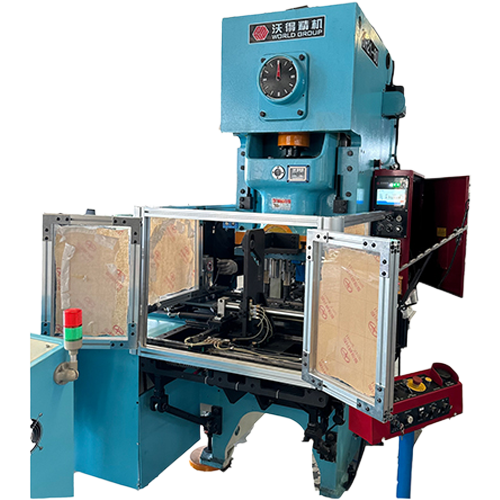Introduction to Canning Process
What are the canning processes?
According to information provided by the China Canning Industry Association, the main production process of cans is: raw material selection → pretreatment → canning → venting, sealing → sterilization, cooling → insulation inspection → packaging.
Raw material selection: Fruit and vegetable raw materials should have good nutritional value, sensory quality, freshness, no pests, no mechanical damage, long supply period, and a high proportion of edible parts, which are general requirements for using fruit and vegetable raw materials to process general food. For processed canned foods, different varieties of raw materials should have good can processing adaptability. For livestock and poultry raw materials used in canned food processing, different raw materials have different chemical compositions and processing adaptability. Different products have different requirements for the same raw material, but all raw materials used for livestock and poultry must come from non-epidemic areas, be in good health, and pass veterinary inspection before and after slaughter.
Pre-treatment: Before canning, the pre-treatment process of fruit and vegetable ingredients includes sorting, washing, peeling, trimming, blanching and rinsing the ingredients. The pre-treatment of livestock and poultry raw materials mainly includes thawing, meat cutting, deboning and trimming, pre-cooking and frying. The pretreatment of aquatic product raw materials mainly includes thawing, cleaning, scaling, finning, head removal, tail removal, gutting, shelling, etc., as well as salting and dehydration of the raw materials.
Canning: Canning method is divided into two types: manual canning and mechanical canning. Hand canning is mainly used for large materials such as meat, poultry, aquatic products, fruits and vegetables. Due to the large differences in raw materials, it is necessary to select them when canning, match them reasonably, and arrange the jars according to requirements. Mechanical canning is commonly used to can granular, ground, liquid or semi-liquid products such as luncheon meat, various jams, juices, etc. This method has the characteristics of fast filling speed, uniformity and good hygiene.
Exhaust: Exhaust helps inhibit the growth and reproduction of aerobic bacteria and yeast, and helps maintain the color, aroma, taste and nutritional content of food. The exhaust methods mainly include hot exhaust, vacuum exhaust and steam exhaust.
Sealing treatment: Different containers need to be sealed in different ways. The sealing process of metal cans refers to the process of rolling the flanged edges of the can body and the rounded corners of the can lid on a sealing machine to bring the can body and the can lid together to form a tightly overlapping double curling process.
Such roll-sealed glass bottles are sealed by calendering sealing, which relies on the pressure head, support plate and rollers of the sealing machine to complete the operation. The rotating glass bottle will have three to six threads, and the cap will have a corresponding number of claws. When sealing, align the claws with the starting position of the thread line and tighten.
Sterilization: There are many ways to sterilize jars, such as heat sterilization, flame sterilization, radiation sterilization and autoclaving. Among them, heat sterilization is widely used. Commonly used sterilization methods include batch static autoclave, batch static atmospheric autoclave, continuous atmospheric autoclave, etc.
Cooling: For small-capacity cans, after pasteurization, cooling can be carried out directly at normal pressure. However, in the case of sterilisation at temperatures above 116 degrees Celsius for cans with a diameter of 102 mm and above, and at temperatures above 121 degrees Celsius for cans with a diameter of less than 102 mm, cooling by means of back pressure cooling is required.
Recommended Products


 EN
EN
 中文简体
中文简体 English
English













